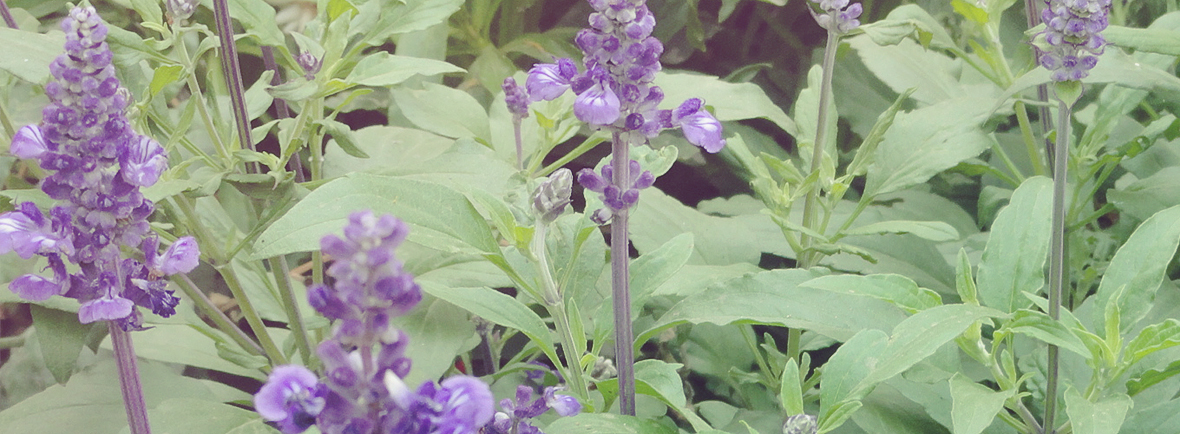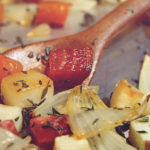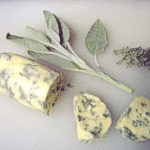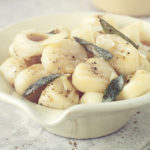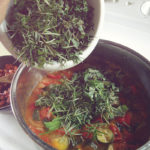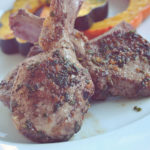Sage
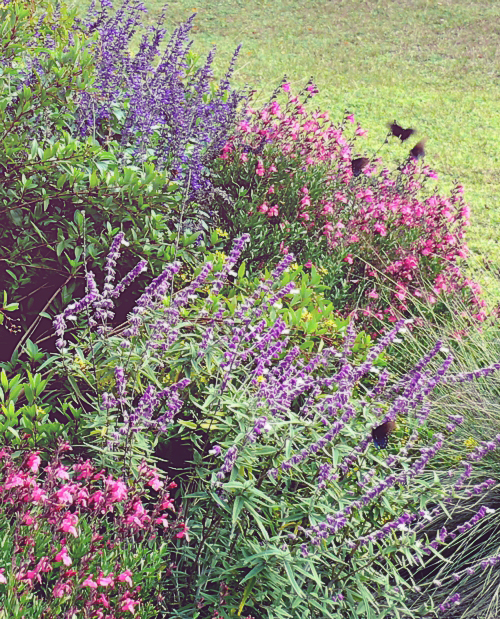
The names Salvia and “sage” are derived from the Latin salvere (to save), referring to the healing properties long attributed to the various Salvia species. Botanically, the plant belongs to the mint family, Lamiaceae, of the genus Salvia. It is the largest genus of plants in this family, with approximately 700–900 species of shrubs, herbaceous perennials, and annuals.

The most widely known variety of Salvia and the one most familiar to us in the kitchen is the common or garden sage, Salvia officinalis.
It has a long history of medicinal and culinary use, and has been recommended at one time or another for virtually every ailment since ancient times, including warding off evil, treating snakebites, increasing women’s fertility and more.
It’s reputation grew throughout the Middle Ages, where it was sometimes called S. salvatrix (sage the savior), and was one of the ingredients of Four Thieves Vinegar, a blend of herbs which was supposed to ward off the plague.
The second part of its name, officinalis, refers to the plant’s medicinal use—the officina was the traditional storeroom of a monastery where herbs and medicines were stored.
* A plant with the term officinalis indicates it has been used as an herbal remedy through history.

In traditional Austrian medicine the herb has been used internally (as tea or directly chewed) for treatment of disorders of the respiratory tract, mouth, gastrointestinal tract, and skin. It has also been widely used in other traditional European and Chinese medicines for its health promoting and disease preventing properties.
Modern evidence and research is confirming many of sage’s properties, adding to its list of marvelous health benefits and showing many possible new uses including as an antibiotic and antifungal agent.
Several other cultivars of sage are grown either for medicinal or for culinary purposes.
Three-lobed sage (S. fruiticosa or S. triloba): Large perennial with lobed leaves, grown in Mediterranean countries for making popular sage tea.
Pineapple sage (S. rutilans): Fresh leaves add flavor to desserts and drinks.
Clary sage (S. sclarea): Strongly aromatic leaves generally used as throat gargle infusions and in perfumeries.
Azure sage (S. azurea): The plant is large with blue flowers, used in Mexico as an herbal panacea.
GROWING SAGE
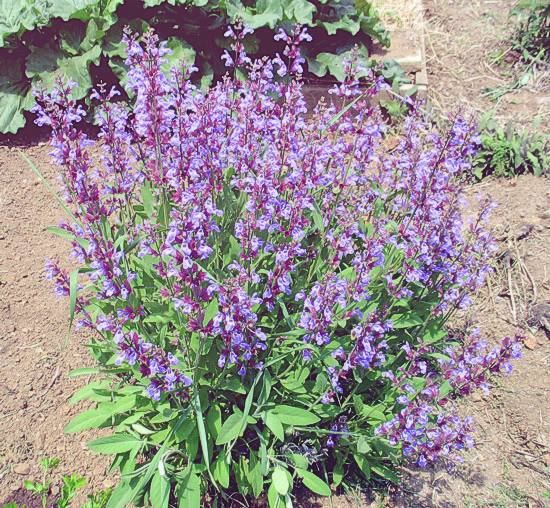 In both the kitchen and the garden Sage is prized for its soft, textured grey green leaves and pretty flowers.
In both the kitchen and the garden Sage is prized for its soft, textured grey green leaves and pretty flowers.
It is a perennial, evergreen small shrub, producing blue/purplish flowers in early spring. As a native to the Mediterranean region, it is extremely hardy in Southern Australia, enjoying the dry, hot conditions and alkaline soil. Common sage takes the form of a low shrub that is often wider than it is tall. Young sage starts out as a tender plant that grows woodier with time. Prune regularly so your plant remains bushy and produces lush growth you can pick.
Few pests bother sage. It is more frequently killed by excess water, not enough light and lack of pruning, than insects or disease.
The soft grey-green foliage is great in pots or the garden. Consider planting sage in a container with rosemary, basil, and other Mediterranean herbs for a fragrant mix.
IN THE KITCHEN
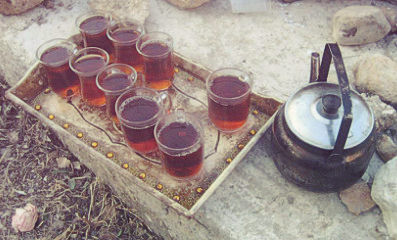
Sage has a sharp and distinctive taste and scent, which is savory and slightly peppery.
It appears in many European cuisines, notably Italian, Balkan and Middle Eastern cookery. In British and American cooking, it is traditionally served as sage and onion stuffing, an accompaniment to roast turkey or chicken at Christmas or Thanksgiving Day.
Sage Derby cheese and Lincolnshire sausages are unique for their use of sage. Oddly enough, it is rarely used in French cuisine.
I use sage mostly for what I call ‘rich’ dishes – slow cooked meat casseroles, tasty chicken dishes with tomatoes and other herbs, and as a cooking additive to roast vegetables.
Here’s some tasty serving suggestions…
You can also include sage with your other herbs in hearty winter soups, and why not infuse a jar of honey with a few leaves to add to a lovely cup of tea. Oo, that sounds like a good idea…..
Cheers and happy gardening,
Amanda


